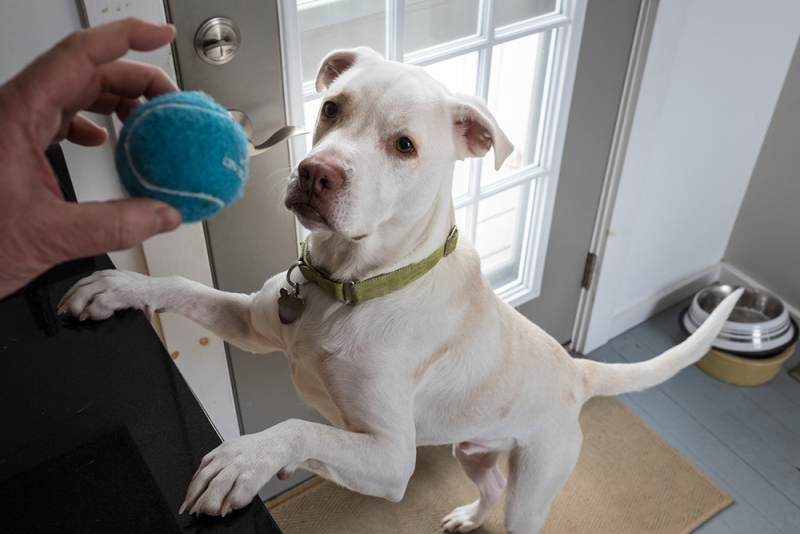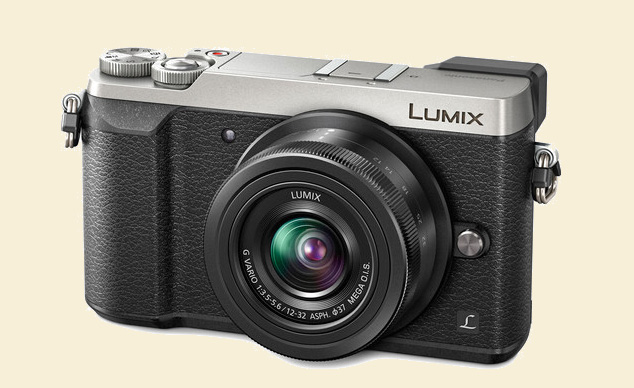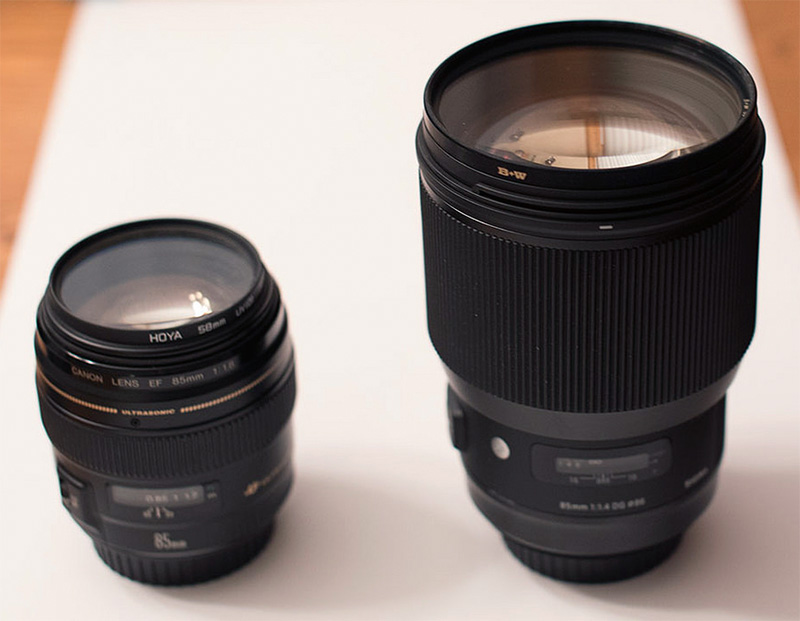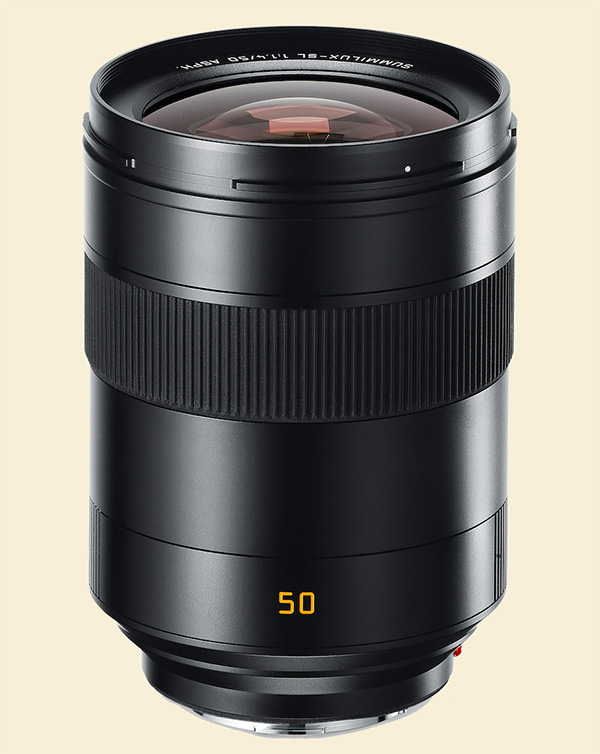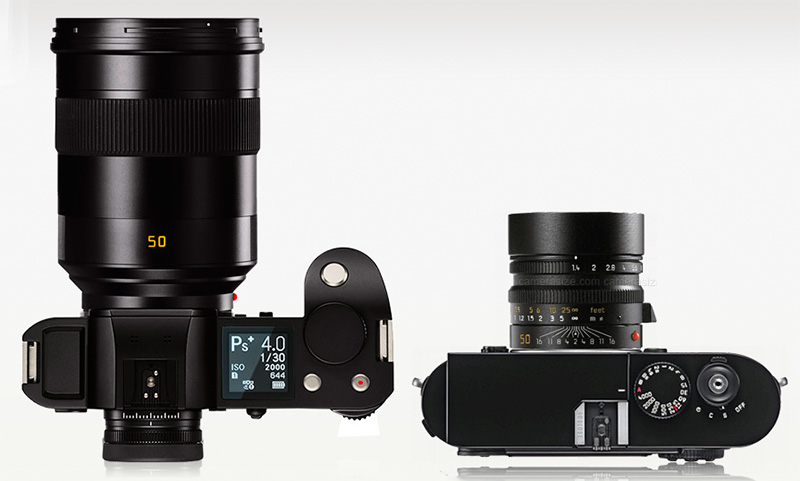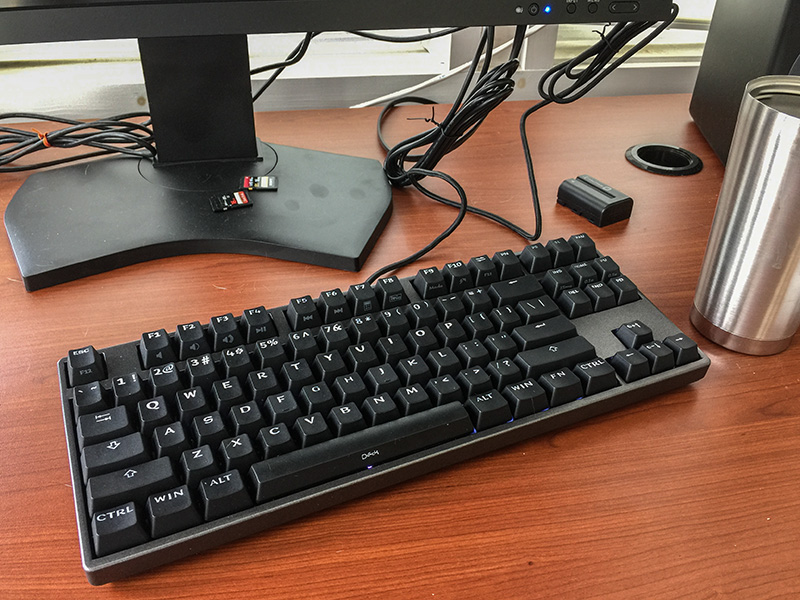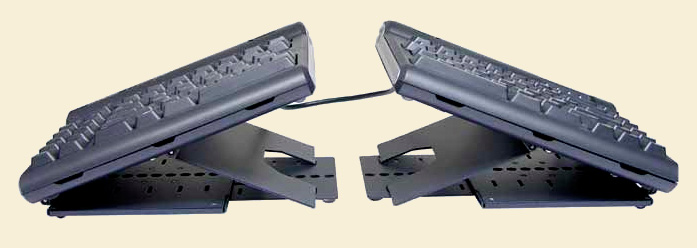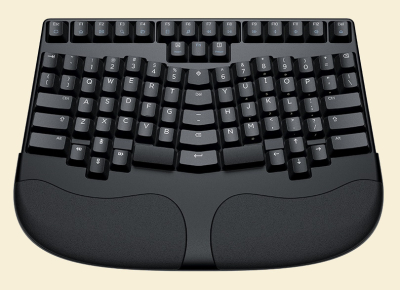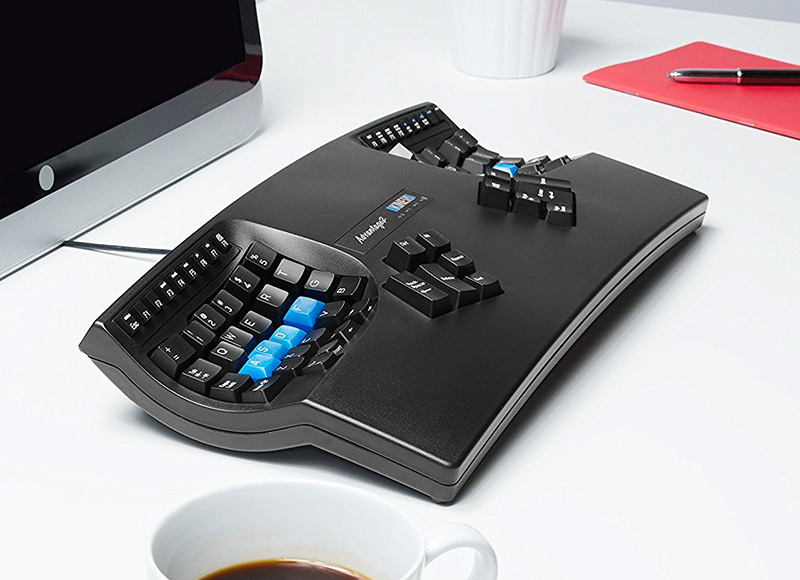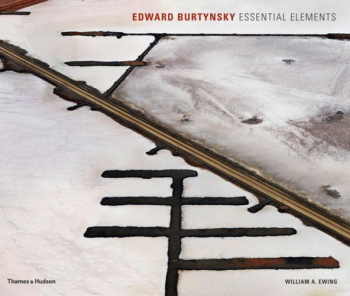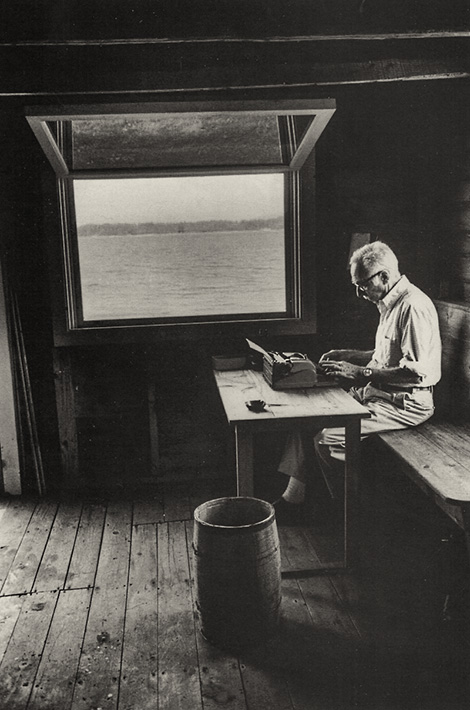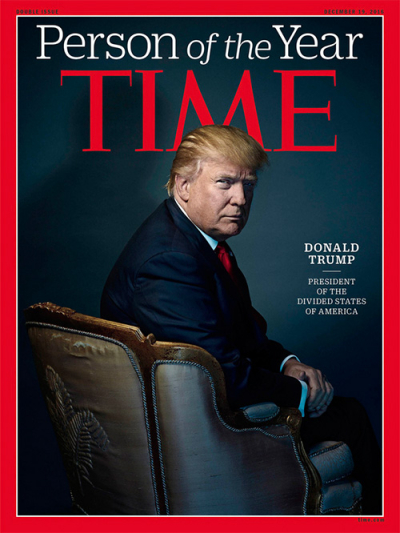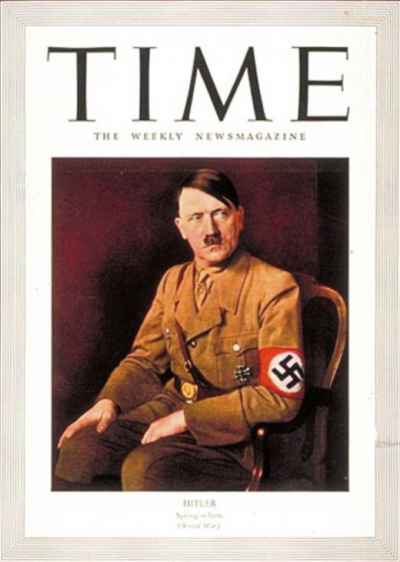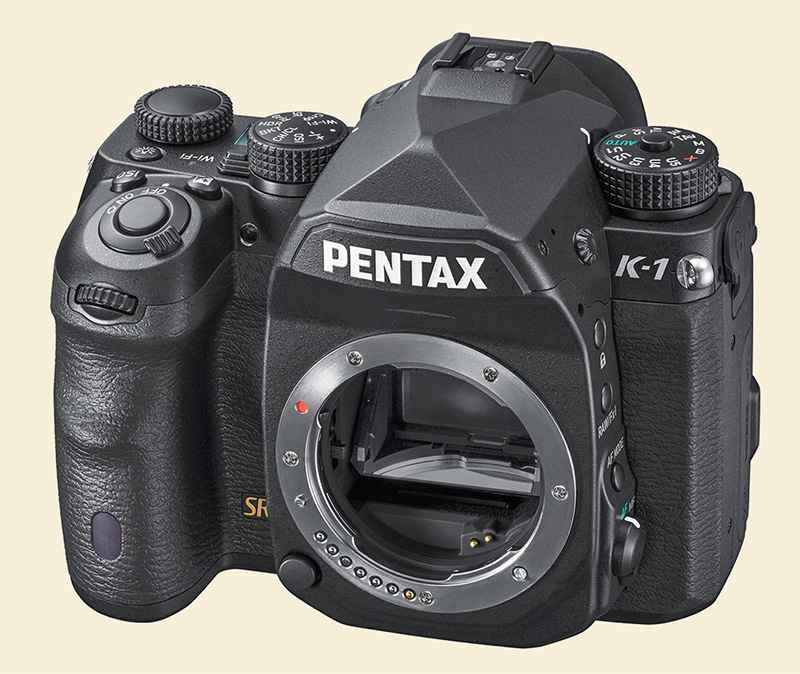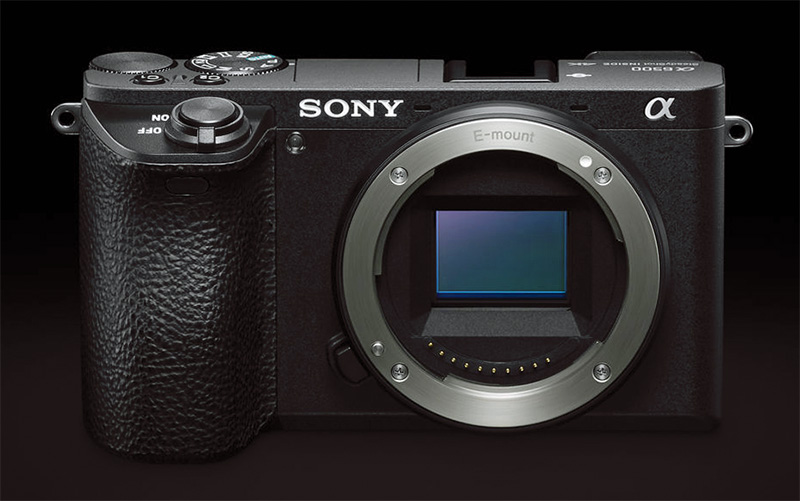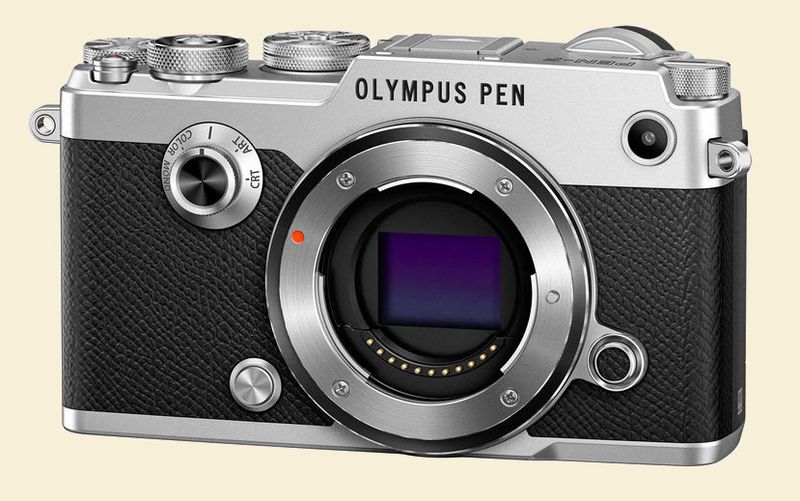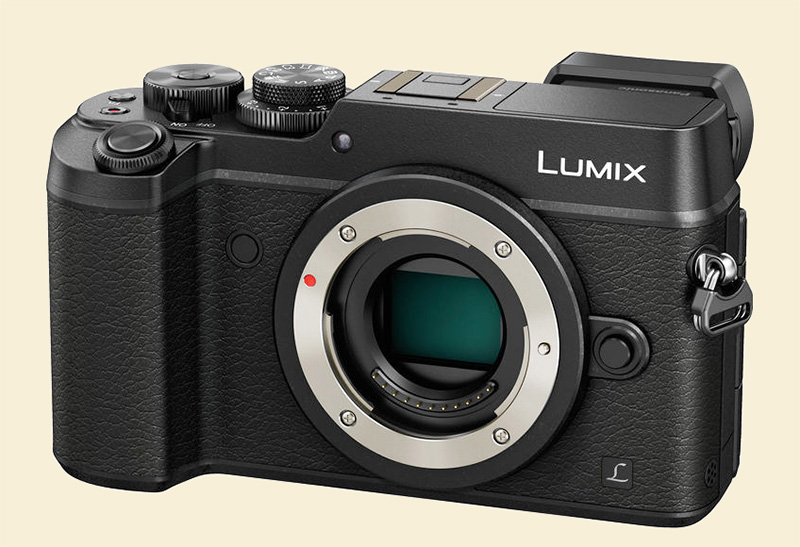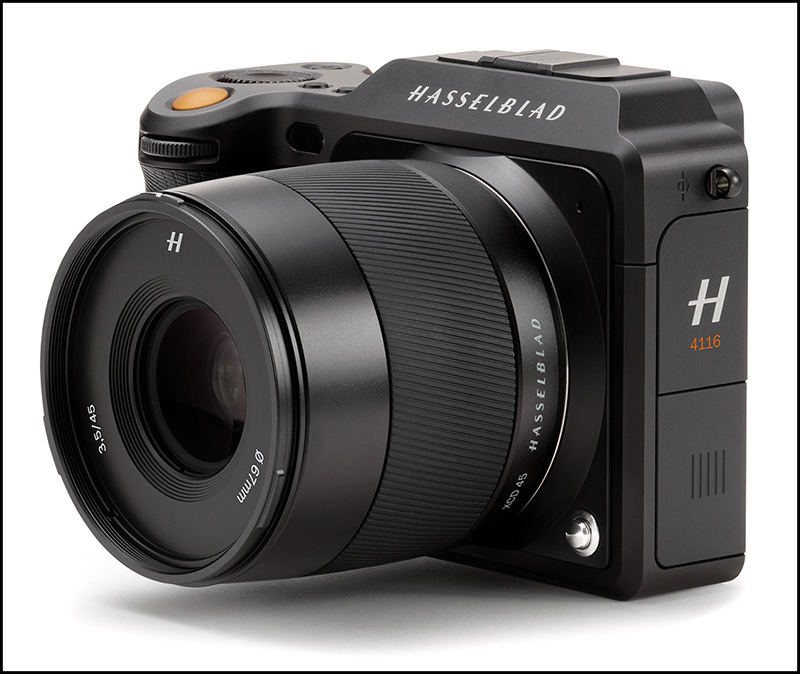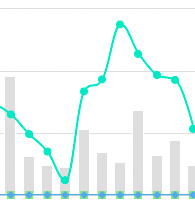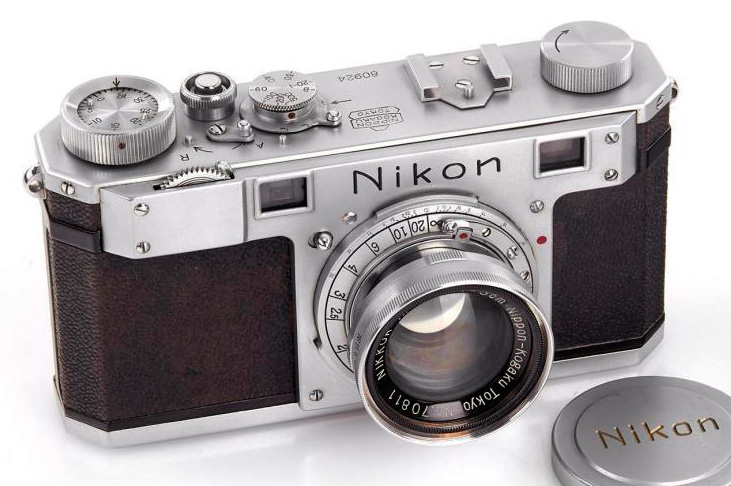I've always liked sleepers. A "sleeper" can be defined as something that becomes a success when no one thought it would, or something that turns out to be more than what it appears to be on the surface.
Mazda, for example. A small car company perennially taking a back seat to the big boys, both nationally in Japan and globally; but the Mazda 3 and the CX-5 (wait for the '17 refresh, though) are arguably two of the most recommendable all-around vehicles made, everything taken into account, striking the right balance in about every way. Panasonic, meanwhile, doesn't even have a logo. Its logo is just its name, spelled out in conservative, standard sans-serif letters, upper case and lower case. It just changed its catchphrase from "Ideas for Life" to "A Better Life, A Better World." O-kay.
Although Panasonic will be celebrating its centennial in 2018, as a digital cameramaker its august history goes way back to 2001. (Well, at least the Lumix brand.) So it doesn't take styling cues from its "iconic" 1960s designs, or build digital cameras with removable baseplates because someone thought that was a good idea in 1953. It doesn't have to deal with nine generations of lensmounts, either. As for heritage, when the GX8 came out with styling reminiscent of the standout LC1 of 2004, no one noticed because no one remembers the LC1 even though we were all excited about it at the time. Among the multinational electronics giants who are now players in the camera industry, Sony is the one that leans towards the enthusiast; Panasonic skews the other way, toward the consumer. It's not even the most prestigious partner in the 4/3 consortium. Panasonic partners with Leica the way Sony partners with Zeiss, except you get the impression that Sony is the lead partner in the Sony/Zeiss collaboration, whereas Panasonic definitely comes off as junior to Leica in terms of calling the shots, even though Panasonic is a much bigger company.
...When people even remember there is such a collaboration at all, that is. Mainly it consists of Panasonic letting Leica rebadge its consumer cameras while jacking up the jack.
And yet...I've really come to love Panasonic cameras and lenses.
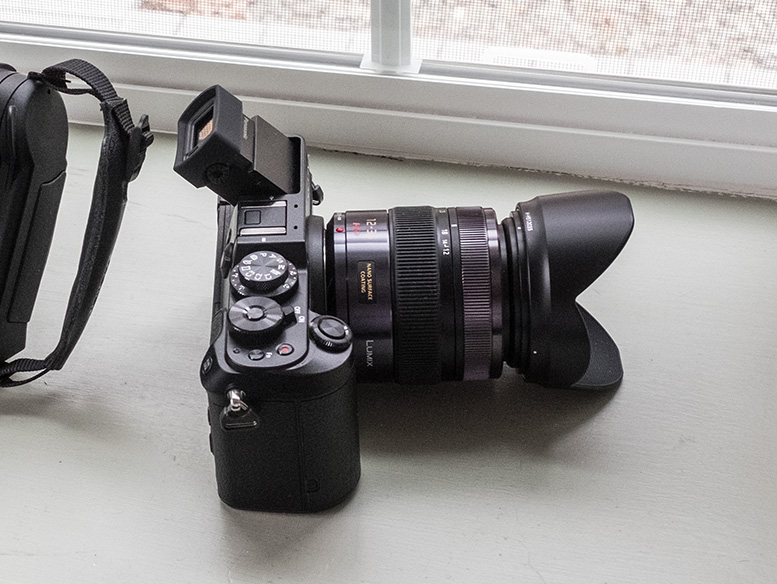 Panasonic GX8 and 12–35mm zoom, showing the GX8's tilting VF
Panasonic GX8 and 12–35mm zoom, showing the GX8's tilting VF
I know, go figure.
You'd think I'd be a traditionalist, and snobby about the history of photography and all the great companies with history and heritage and prestige and so forth, and I am...I'm not arguing against those wonderful companies either. I love them and lots of us love them. But now here I am going on about Panasonic. I loved the GF1 and the 20mm ƒ/1.7 and used it for years, and I loved the GX8 when I had it here for review.
Not bad for a company that also manufactures air conditioners, refrigerators, washing machines, compressors, lighting, televisions, personal computers, mobile phones, audio equipment, broadcasting equipment, projectors, automotive electronics, aircraft in-flight entertainment systems, semiconductors, batteries, electrical components, optical devices, bicycles, electronic materials, photovoltaic modules, electric fans, range hoods, air doors (air curtains), hand dryers, dehumidifiers, and subterranean air blowers, just to name a few. Panasonic even resurrected the Technics brand name a few years ago.
Panasonic has also collaborated with Leica on a series of Micro 4/3 lenses, possibly its most high-profile products among dedicated photography enthusiasts. I believe the first one was the Panasonic Leica DG Macro-Elmarit 45mm ƒ/2.8 ASPH. MEGA O.I.S., a slow seller but an excellent lens, and the lineup now includes the formidable Panasonic Leica DG Vario-Elmar 100–400mm ƒ/4–6.3 ASPH. POWER O.I.S., which, with its reach of 800mm-e, must surely be among the very top choices for birders and other critter and sports photographers.
None of the Leica-branded lenses happen to make my wish list, however, and all of the Panasonic lenses I like best are pretty compact. In the post "What's the Best Lens Line?", from last May, I specified a complete kit of the Panasonic lenses I'd choose personally. Note that the weight (882 grams) of that entire kit, all four lenses including two zooms, is less than that of the Leica Summilux-SL we were discussing the other day (1,065 grams).
Apart from traditional DSLR zooms such as the Canon EF 24–70mm ƒ/2.8L II USM (for full frame) and the Nikon AF-S DX Zoom-Nikkor 17–55mm ƒ/2.8G IF-ED (for APS-C, and the lens I'd have for the D500 or D7200), my favorite zoom across all brands is currently the Panasonic Lumix G X Vario 12–35mm ƒ/2.8 Asph. pictured above.
I haven't said much about the cameras, but if you're a regular reader you already know (from my Panasonic GX8 Review) how I feel about the GX8. That camera is paralleled by the upcoming SLR-body-styled GH5 (the outgoing GH4 is on closeout for $300 off), which is aimed at photographers who do more video, but from there the line goes in the direction of consumer cameras exclusively. Panasonic supplies:
- a competitor to the Sony RX100V;
- a bridge camera (you know, with the tiny sensors and mega-range zooms);
- compact models;
- more economical versions of both the SLR-body-style flagship camera as well as the rangefinder-body-style flagship GX8;
- and of course the marvelous little LX100, which is the sleeper from the sleeper.
As is the case with Mazda, Panasonic doesn't attract as much notice or mindshare as some of its more visible competitors. But don't write it off—it quietly makes some very fine products that are well worth getting to know.
Mike
(Review equipment in the illustration courtesy B&H Photo)
Original contents copyright 2016 by Michael C. Johnston and/or the bylined author. All Rights Reserved. Links in this post may be to our affiliates; sales through affiliate links may benefit this site.
The sleeper photo site
Join our support campaign or buy something
(To see all the comments, click on the "Comments" link below.)
Featured Comments from:
Nigel: "I think the Panasonic 12–35mm ƒ/2.8 and 35–100mm ƒ/2.8 zooms are far better thought-out than the bulky, heavy Olympus equivalents, which defeat the concept of Micro 4/3 in my view. I have both these lenses and find them equally superb and, most of all, practical to take on long hikes in the mountains. I bought a secondhand LX100 to use as a briefcase camera for my work. But I have found it a superbly thought-out camera for when I want to carry just one camera, or even a camera to go out with and shoot with the idea of keeping things simple and basic. I like the idea of the physical aperture and shutter speed dials that are quickly adjusted to the desired shooting mode.
"Reading through the various camera forums there seems to be a lot of prejudice towards Panasonic when compared to the more 'real camera company' Olympus. But I find the conceptual design of Panasonic camera gear to be first rate."
Mike replies: Glad to know somebody agrees with me!
Juha Haataja: "I'm now using my second LX100. The first got broken after 100,000 photographs taken with it (dust getting inside and other problems), but the second one is doing well after 20,000 photographs taken. If I would change to using a system camera, my first choice would be Panasonic GX80/GX85 with the Lumix G Vario 12–60mm ƒ/3.5–5.6 lens. This combination would be relatively portable and quite versatile, but I would be missing a few things from the LX100, for example the dedicated aspect ratio switch. And even though the Dual I.S. would compensate for the less bright lens, the LX100 would behave better in the dark season, not to speak of the fine bokeh of closeup photographs possible with the LX100."
John Sarsgard: "Partly based on your earlier review, and Carl Weese's love for his GX7, I got both the GX8 and the superb 12–35mm. I am delighted with both. I still use my Canon 5D Mark II for portraits...one needs a larger camera for clients to take you seriously...but the GX8 goes everywhere with me. Got it after spending a week in Cuba in July doing street photography. The size fits me just right...not too big or too small. The weight is wonderful. The silent shutter is a deal maker on the street. The tiltable viewfinder makes it easier to not be obvious...and facilitates getting down low with arthritic knees. The image quality and this superb lens combine with a camera that if you don't like the way it works almost anything is customizable. My GAS disease is hunting for another lens, but having a hard time needing one. Thanks for pointing me in this direction."
James Weekes: "I have been a Micro 4/3 user since the GF3. I have bodies from both Panasonic and Olympus. I have lenses from both companies. And I am with you. With a choice of seven bodies (some quite old) and numerous lenses, prime and zoom, what I walk out the door with seven times out of 10 is the GX8 and the 12–35mm ƒ/2.8 Panasonic zoom. That lens really makes even primes in that range superfluous. Beautiful, sharp, smooth files and ease of use. The camera is wonderful and I have never seen or suspected the dreaded shutter-shock. The rest of the time I take the Pen F with the neat little Olympus 30mm macro, for close-in work. I prefer the Panasonic color rendering, even though both cameras return easy-to-work-with color. And the Panasonic menus are a pure joy to use after the Olympus menus (designed by Klingons). So there are two of us who agree with you."
Jeff: "The sensor in the Leica Q, and likely the Leica SL, is designed by TowerJazz, which is owned by Panasonic."
Mike replies: I know TowerJazz was formed when Jazz Semiconductor was merged with Tower Semiconductor, but as someone who used to shop for jazz at Tower Records that name always startles me!
[Note: Don't miss Kevin Purcell's clarification of the TowerJazz connection in the Comments section. Kevin is a better Internet researcher than I am, and I ain't chopped liver. —Mike the Ed.]
Steve Jacob: "I don't own a Panasonic camera. I'm a committed Fujiphile, but I do recommend Panasonics for almost everyone else who asks. My reasoning is simple. If someone has to ask, they probably don't want a Fuji. It's the kind of camera you get because you know your cameras and you want one, and you are prepared to make an effort to get the best out of it. If you need to ask, you probably want a good-value, reliable, easy-to-use camera that does everything well, both in terms of stills and video. Right now, I don't think anyone can match Panasonic for the best balance of all of those attributes, and the fire-sale prices on some of their excellent outgoing models are also very tempting. They are just nice all-round cameras."
